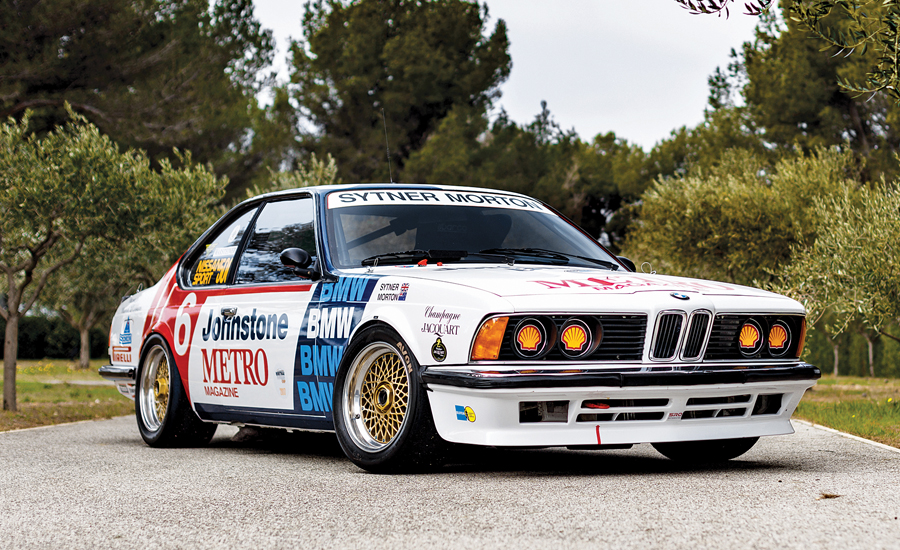- Constructed in 1982/1983 by BMW specialists Ted Grace International for Frank Sytner
- Competed in BTCC/ETCC in 1983 and 1984, driven by Frank Sytner, Brian Muir and Barrie Williams
- Extensive British and New Zealand racing history
- Immaculately prepared and eligible for a wide range of 1980s and Group A touring car events
Chassis Number: RA122

